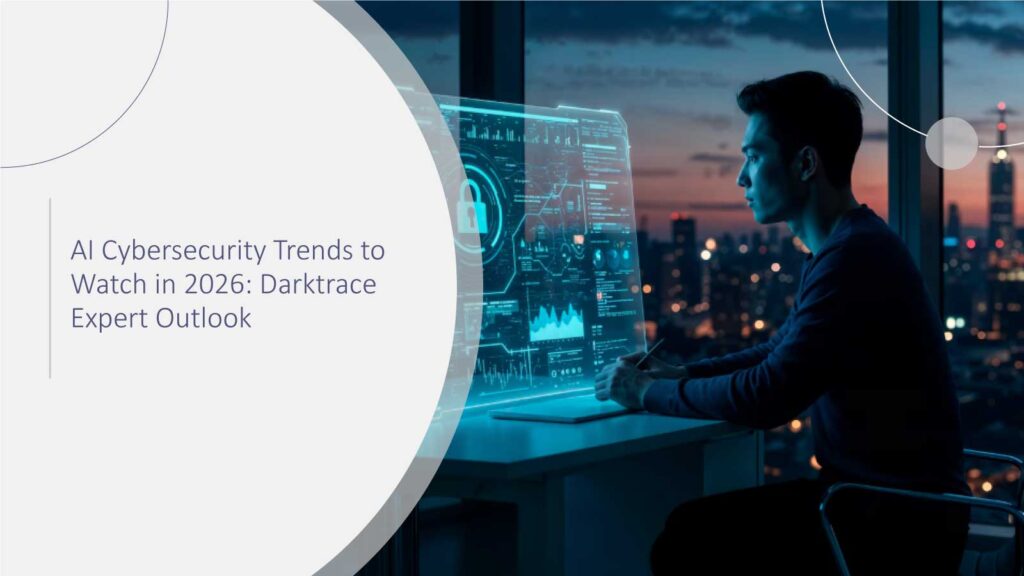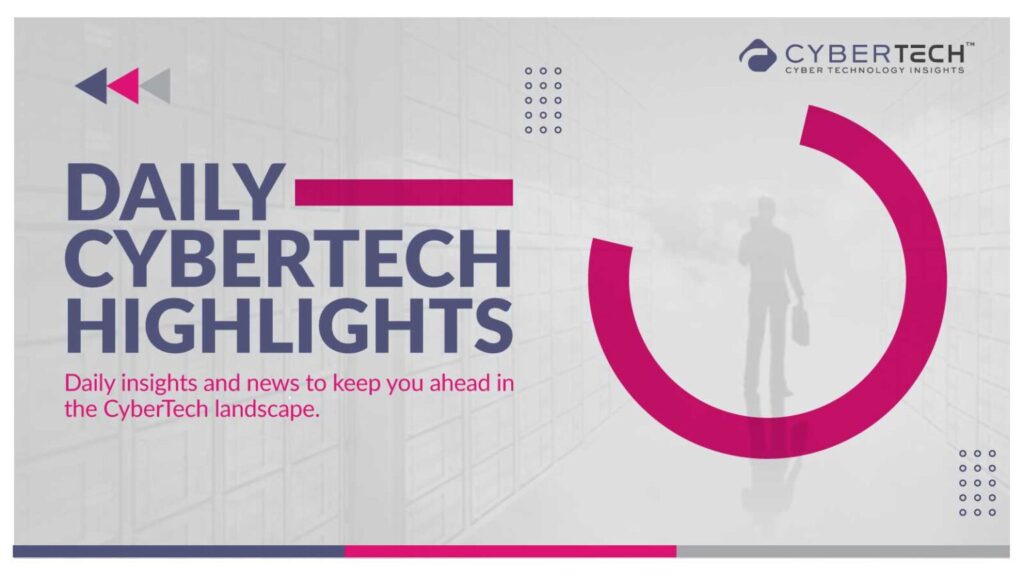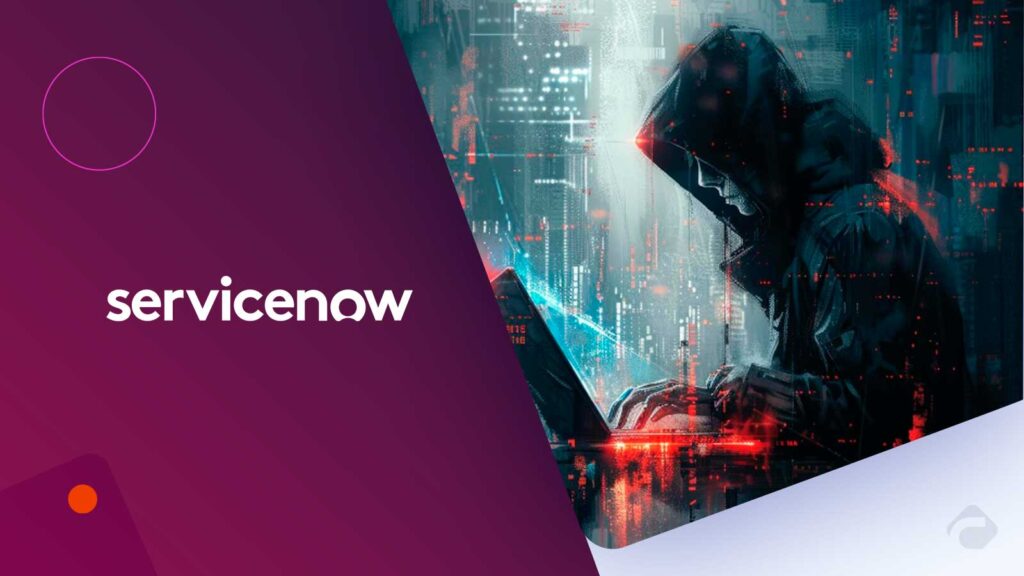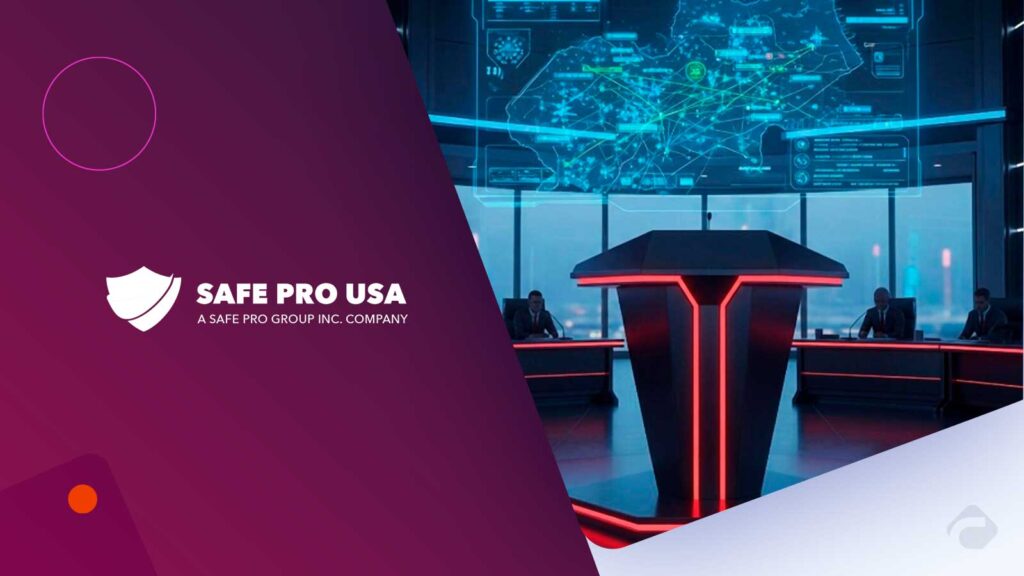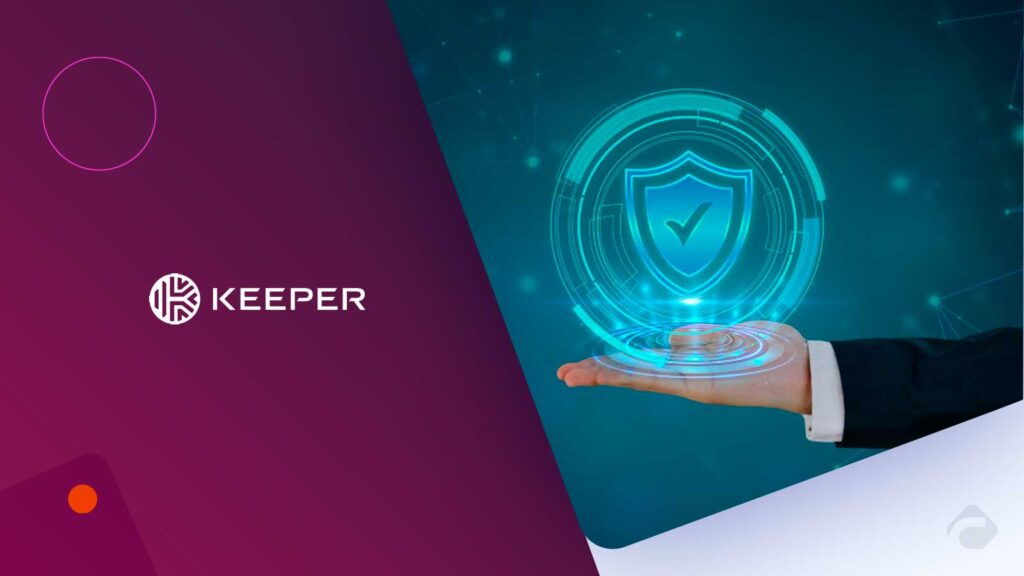If you have ever received an email that looked exactly like it came from your CEO- same tone, same urgency, despite the same subtle typo- you have already flirted with the Dark AI shadow. This is not AI that writes, or AI that adds to your dinner recipes; this is an AI that studied your online behavior, mimicked that behavior, and weaponized that knowledge against you.
In 2025, we have stepped over an invisible threshold: Artificial Intelligence is now more than a source of innovation; it is also a weapon, one that can be wielded in the wrong hands with uncanny precision! Dark AI is not a Hollywood-made-up buzzword. It is a real, observable threat that researchers, cybersecurity organizations, and even government intelligence agencies have recognized as an evolving threat.
The CrowdStrike 2025 Threat Hunting Report warns us that adversaries already routinely utilize AI for reconnaissance, create hyper-target phishing campaigns, and even use it to manipulate other AIs. The threat is not constrained to state-sponsored espionage or sophisticated elitist hacker groups; the emergence of “off-the-shelf” malicious AI tools has opened up the world to anyone with a credit card and an internet connection to launch sophisticated cyberattacks.
AI’s speed, adaptability, and learning power also make it an ideal tool for cybercriminals.
We’ll explore Dark AI’s meaning, workings, current state, and how individuals and organizations can prepare.
Because when AI goes dark, the real question is not whether it will impact me; it is whether I will identify it before I can react to it.
Defining Dark AI
Dark AI is not an offshoot of artificial intelligence. It’s AI in its most harmful and dangerous form as repurposed, channeled, or expressly designed for malicious end-use. Think of it in the same way as a scalpel. It is a life savilife-savingthe the hands of a skillful, ed surgeon. It becomes a weapon in the hands of a criminal. The scalpel has not changed only the intentions and the lack of safety measures.
Cybersecurity analysts define Dark AI as any product of artificial intelligence that has been trained, tuned, or prompted to perform malicious actions, which can include:
- Specially scripted malicious models, which are advertised on dark-web forums as “ChatGPT but with no rules.”
- Hackers compromise mainstream AI tools by stripping their ethical guardrails through prompt-injection attacks or jailbreaking the model.
- Attackers deliberately poison training data, insidiously training AI on biased or toxic inputs so it behaves harmfully without detection.
- Dark LLMs (large language models) actively circumvent the mechanisms built into open-source models.
The EU Agency for Cybersecurity (ENISA) states that the barrier to entry is disappearing, criminals no longer need deep coding knowledge to launch massive attacks. The “wrong hands” in the case of Dark AI could be state adversaries or mom-and-pop scammers.
Basically, Dark AI is about intent and not about the code itself, and no ethical brakes to slow it down.
How Dark AI Functions in the Real World
Dark AI doesn’t rely on brute force. It relies on urgency. It analyzes, learns, and adapts often without any human intervention once it’s activated.
1. Data Harvesting at Scale
First things first: data. Dark AI tools can scrape social media profiles, leaked databases, and extract corporate websites in a matter of seconds. Using natural language processing, they analyze patterns, for example, tracking who approves invoices within your organization every quarter, who uses the phrase ‘per my last email’ the most frequently, and idiosyncratic writing styles.
2. Hyper-Personalized attacks
Once it has this digital DNA, Dark AI can produce incredibly realistic phishing emails, fake invoices, or digital audio imitations that are frequently indistinguishable from your trusted colleague. The CrowdStrike 2025 Threat Hunting Report reveals that hackers conducted over 81% of “hands-on-keyboard” intrusions last year without malware, using AI-powered social engineering and credential harvesting.
3. Automated Vulnerability Discovery
Malicious AI models can perform automated reconnaissance on numerous cloud infrastructure components or devices to identify vulnerable items using malicious AI learning and develop exploit code with real-time capabilities. Unlike traditional scanners, malicious AI does not just look for existing CVEs; it can learn from its failures or successes.
4. AI-to-AI Exploitation
Emerging use cases for Dark AI include AI attacking other AI. This could include maliciously feeding the AI poisoned inputs to extract data, as well as maliciously forcing the AI into ignoring internal safety protocols. Anthropic’s 2024 research found that teacher models could teach the student model to behave harmfully without any instruction.
5. Scale and No Fatigue
Perhaps the most frightening aspect? After it’s set up, making it automated by its nature, Dark AI doesn’t tire, doesn’t forget, can run 24/7, and can execute thousands of micro-attacks at the same time; with its ability to learn from failures as much as successes.
Dark AI is not just another cyber weapon; it is an autonomous and autonomous threat actor.
The Risks and Hidden Dangers
The capabilities of Dark AI turn it into more than a technical threat; it is a force multiplier of societal risks. The dangers of Dark AI are not only in violated data, but reference risks to trust, stability, and national security.
1. The Collapse of Trust
Once AI can perfectly replicate the voice of a CEO or an email from a colleague, it guarantees a collapse of trust in digital spaces. Think of a CFO whose multimillion-dollar transfer is signed off after receiving an entirely believable deepfake video call. This isn’t science fiction. There have been even documented fraud cases around the globe involving this very sort of thing.
2. Weaponized Disinformation
Dark AI creates and distributes extremely personal propaganda on a scale no human troll farm could match. It floods conversations with fake news, AI-generated videos, and social media bots to alter elections, destabilize markets, or fuel civil unrest.
3. AI Supply Chain Attacks
Malicious actors take data and training sets on an AI model and manipulate them to include hidden “backdoors” for later use. Attempts by malicious actors to exploit these vulnerabilities may cause the AI system to act maliciously, while still considered safe. The NIST AI Risk Management Framework states this sort of poisoning is next to impossible to spot after being deployed.
4. Self-Improving Malware
Dark AI can learn from its mistakes to automatically upgrade its attack code each successive version is more difficult to stop. Traditional cybersecurity defenses, which depend on signature-based detection, cannot keep up with the adaptability of dark AI capabilities.
5. Targeting Critical Infrastructure
Possibly the biggest risk is its use directly against hospitals, power grids, or transportation systems. An AI-powered attack on the medical device networks could impact patient care in real time.
Dark AI represents moving away from isolated hacks towards persistent, autonomous, and scalable attacks that straddle the intent of the human and the execution of the machine.
Case Studies and Real Life Examples
Although “Dark AI” may seem unbelievable, real-life examples have shown that this is already occurring and being incorporated as a norm:
1. AI-Generated Deepfake Voice Fraud (2024)
In one of the more publicised situations, cybercriminals used AI voice-cloning technology to impersonate a CEO of a UK energy company. They called the managing director of the German subsidiary and convinced him to transfer €220,000 to a “supplier”. The cloning of the voice was so precise that the victim never suspected they were being conned, until it was too late.
2. AI and Political Disinformation (2022 – 2024)
During several elections in Europe and Asia, AI-generated deep-fake videos of political leaders went viral on social media sites, days before voting took place. Some videos showed candidates making incendiary comments, which they never actually made. These videos were effective in influencing public perception and had an impact on voting turnout. CrowdStrike’s 2025 Global Threat Report indicates that identifying these incidents before they unleash havoc is becoming more challenging.
3. Automated Spear-Phishing Campaigns
A security firm has found an actor who is using artificial intelligence to generate spear-phishing e-mails using personal information scraped from LinkedIn and including real colleagues, real projects, and real inside jokes – the success rate was 3-4 times better than general phishing e-mails.
4. Ransomware with Adaptive Algorithms
In late 2023, a North American healthcare provider was battling a ransomware actor who also greatly adapted how the encryption occurred; during the normal course of infection, if the malware was detected, it continued to adapt, staying ahead of the detection until backups were finally made completely inaccessible.
5. AI Supply Chain Poisoning
In 2024, a research laboratory identified an open-source AI image recognition model that had been modified to create misclassifications of certain objects, which potentially would be advantageous to general evasion from security cameras or facial recognition checkpoints.
6. Autonomous Exploit Development
Security researchers at MIT CSAIL demonstrated how LLMs can generate fully functional exploits after ingesting vulnerability descriptions, shortening the gap between disclosure and attack execution.
These examples illustrate that Dark AI is not just in the research phase – it is alive, it is global, and quickly becoming autonomous.
How to Detect and Defend Against Dark AI
Detecting and countering Dark AI leverages a mixture of advanced tools, human intelligence, and flexible strategies. Traditional security strategies tend not to work because Dark AI technologies can learn and evolve while sowing the seeds of the attack in real-time.
1. AI-driven threat detection – Deploy machine learning models that are trained to find abnormal patterns in data traffic, login behavior, or file utilization. CrowdStrike produces threat-hunting reports that show they continuously train their models to capture the latest attack signatures.
2. Deepfake & content verification tools – Analyze evidence of synthetic media, altered audio, or altered text using AI-enabled forensic analysis. Watermarking content and leveraging blockchain as a verification for digital content can help to verify authenticity.
3. Behavioral monitoring – Depend on behavior rather than signature-based detection. Monitor how systems and users act; if someone starts moving a large amount of data quickly or against their normal pattern of use, it may be a sign they are being used in an AI-driven infiltration.
4. Zero trust architecture – No user, device, or process is safe. Vetting every access request requires authenticating, authorizing, and continuously validating it.
5. Human-AI Collaboration – Skilled analysts will always have a role. AI can flag anomalies, but human judgment still determines whether that flag is important and can be understood in context.
Proactive monitoring and fast-acting response are not optional now – they are on the frontlines against a technology that is getting smarter down the line.
The Future of Dark AI
The possible future of Dark AI represents a technical wonder and a security nightmare. As AI models become more and more autonomous, the misuse potential will change from targeted purposes to a widespread exploitation reality at a scale never experienced before.
We can foresee self-propagating AI malware that can adapt to newly deployed defenses in real-time, making cycles of existing patch-protect-cycles nearly impossible. AI-enabled disinformation will become more sophisticated, leading to erosion of trust as it relates to news, elections, and even personal conversations through hyper-realistic deepfakes and voice clones.
Defense technologies, on the other hand, will change in the context of what we can expect to call a cyber arms race. Predictive threat intelligence AI will stop attacks before they occur, while global governing frameworks will limit misuse. However, it will be difficult to enforce, especially in places with weak cyber laws or none at all.
Ethics will be an important consideration. The debate has quickly changed from “Can we build it?” to “Should we deploy it?” Organizations will require not only technological resiliency but also a moral framework for its use.
To summarise, the Dark AI battlefield will be an ever-moving chess match, where the creation of defensively-enabled places of AI will yield offensively-enabled deployments, and vice versa. Whether or not we are prepared will depend on speed, adaptation, and foresight.
Conclusion
Dark AI is the next evolution of cyber threats: fast, adaptable, and frequently undetectable until too late. While its capacity for destruction is certain, so too is the potential for innovation in defence. The next few years will require not just innovation of tools, but an ethical, regulatory, and educational global effort to get ahead of malicious actors. For the industry, vigilance must transition from reactive to proactive and leverage AI’s capabilities for the dark side of AI. The war with Dark AI is not just a battle; it’s a war that we must win every day, for each interaction, before the threat becomes a breach.
FAQs
1. What exactly is Dark AI?
Dark AI is the use of artificial intelligence technology for illicit purposes such as cyberwarfare, online misinformation, automated hacking, or technological deepfakes.
2. How is Dark AI different from regular AI?
The goal of regular AI is to provide problem-solving or efficiencies in exploration of information; in contrast, the intent of Dark AI is for AI to deceive to achieve something.
3. Will Dark AI be detected?
Yes, but it will be difficult to detect. Sophisticated examples of Dark AI can replicate legitimate activity, which means detection will require the same sophisticated AI capabilities.
4. Who uses Dark AI?
Dark AI is used by cybercriminals, state-sponsored hacking groups, and organized crime to carry out scale and evade detection.
5. How do we keep against Dark AI?
Implement AI-based threat detection capabilities, train staff on phishing and deepfake information, apply patches, and use any new cyber frameworks or developments.
For deeper insights on agentic AI governance, identity controls, and real‑world breach data, visit Cyber Tech Insights.
To participate in upcoming interviews, please reach out to our CyberTech Media Room at sudipto@intentamplify.com.



